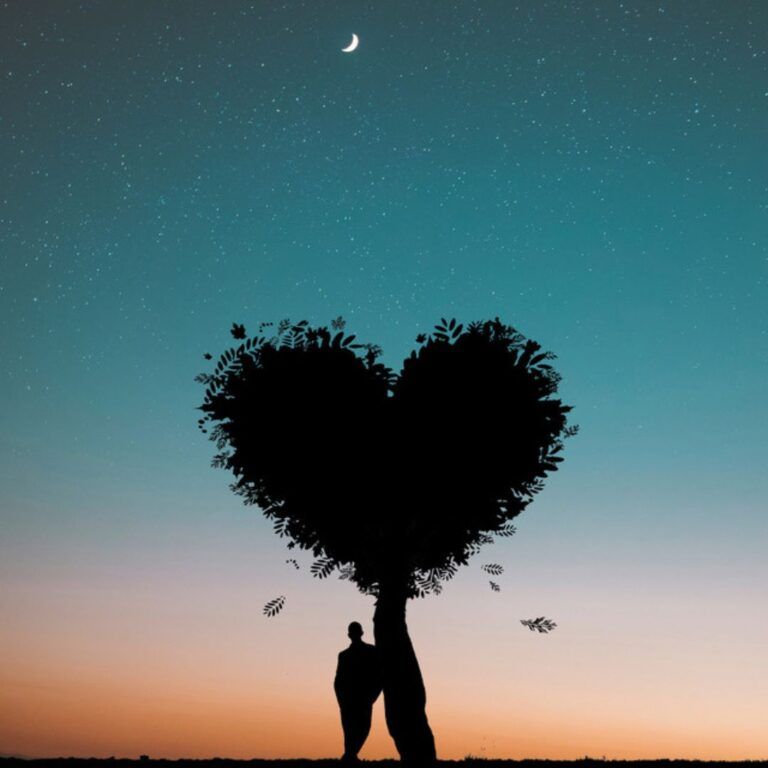Art is an ever-evolving field, constantly pushing the boundaries of what is possible. While traditional canvases and mediums have long been the foundation of artistic expression, many contemporary artists are exploring unconventional materials and surfaces, transforming everyday objects into extraordinary works of art. In this article, we will delve into the world of unconventional canvases and mediums, uncovering the creative possibilities that lie beyond the traditional frame. This exploration is brought to you by Riya’s Blogs, your go-to source for insightful and inspiring content. Discover more at Riya’s Blogs.
The Evolution of Artistic Mediums
Throughout history, art has continually adapted and evolved. From the cave paintings of prehistoric times to the Renaissance masterpieces, each era has seen artists experiment with new techniques and materials. The 20th century, in particular, witnessed a radical shift as artists like Picasso and Duchamp began to challenge traditional notions of art. This era paved the way for the exploration of unconventional mediums and canvases that we see today.
Found Objects and Assemblage
One of the most notable movements in modern art is the use of found objects. Artists like Marcel Duchamp and Pablo Picasso pioneered this approach, turning everyday items into art. Duchamp’s “Fountain,” a porcelain urinal signed “R. Mutt,” challenged the very definition of art and opened the door for countless artists to use found objects in their work.
Assemblage, a related technique, involves creating three-dimensional compositions by combining various materials, often discarded or repurposed items. Artists like Louise Nevelson and Robert Rauschenberg used this method to create intricate and thought-provoking pieces, blurring the line between sculpture and painting.
Street Art and Murals
Street art has become a global phenomenon, transforming urban landscapes into vibrant galleries. Artists like Banksy, Shepard Fairey, and JR use walls, buildings, and even sidewalks as their canvases. This form of art not only challenges traditional gallery settings but also engages the public in a unique and often provocative way.
Murals, a more traditional form of wall art, have also seen a resurgence. Communities around the world commission artists to create large-scale works that celebrate local culture and history. These murals serve as powerful tools for social commentary and community building.
Digital Art and Projection Mapping
In the digital age, technology has opened up new avenues for artistic expression. Digital art, created using software and digital tools, allows for infinite possibilities in terms of manipulation and presentation. Artists like Beeple and Refik Anadol are pushing the boundaries of this medium, creating immersive and interactive experiences.
Projection mapping takes digital art to another level by projecting images onto three-dimensional surfaces, such as buildings or landscapes. This technique can transform any surface into a dynamic canvas, merging the physical and digital realms in spectacular fashion.
Unconventional Mediums
Artists today are not limited to traditional paints and brushes. They are exploring a wide range of mediums, each offering unique textures, colors, and forms.
Organic and Natural Materials
Many contemporary artists are turning to nature for inspiration and materials. Organic mediums like leaves, flowers, and even living organisms can create stunning, ephemeral works of art. Andy Goldsworthy, for example, is known for his site-specific sculptures made from natural materials, which often degrade and change over time, reflecting the impermanence of nature.
Textile and Fiber Art
Textile art, once considered a craft, has gained recognition in the fine art world. Artists like Sheila Hicks and Nick Cave use fibers, fabrics, and other textile materials to create intricate sculptures and installations. These works often explore themes of identity, culture, and social issues, offering a tactile and intimate experience.
Light and Sound
Light and sound are becoming increasingly popular mediums for artists seeking to create immersive environments. Light installations, such as those by James Turrell, use light to manipulate perception and space, creating otherworldly experiences. Sound art, on the other hand, incorporates auditory elements, transforming spaces with ambient noise, music, or spoken word.
The Impact of Unconventional Art
The use of unconventional canvases and mediums has significant implications for both artists and audiences. It challenges traditional notions of art, encourages innovation, and fosters a deeper connection between the artwork and its environment.
Breaking Boundaries
By stepping outside the traditional frame, artists are able to explore new concepts and ideas. This freedom allows for greater experimentation and innovation, leading to the creation of truly unique and groundbreaking works. It also challenges the audience to reconsider their perceptions of art, opening their minds to new possibilities.
Environmental and Social Commentary
Many artists use unconventional mediums to comment on environmental and social issues. For example, environmental artists like Agnes Denes use their work to raise awareness about ecological concerns, while others may use found objects to critique consumer culture and waste.
Engaging Audiences
Unconventional art often engages audiences in ways that traditional art cannot. Whether it’s a mural on a city wall, an interactive digital installation, or a sculpture made from recycled materials, these works invite viewers to interact, reflect, and engage with the art on a deeper level.
Conclusion
Art beyond the frame is a testament to the boundless creativity and innovation of contemporary artists. By exploring unconventional canvases and mediums, these artists are not only expanding the possibilities of artistic expression but also challenging us to see the world in new and unexpected ways. For more insights into the world of art and creativity, visit Riya’s Blogs, where we continue to explore the limitless potential of human imagination.







